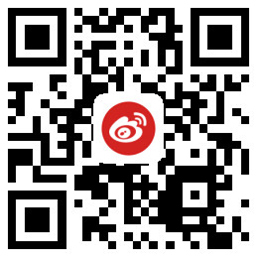Key Points of Protective Design and Protection of Operators for Radioactive Measurement Instruments in Instrument Manufacturing
Radioactive measurement instruments have a wide range of applications in nuclear industry, medical, scientific research, industrial testing, and other fields. These instruments may release radioactive materials during operation, so their protective design and the protection of operators are crucial. The following will discuss the key points of protective design and the protection of operators.
Firstly, key points of protective design
Select appropriate protective materials: The selection of protective materials is the foundation of the protective design of radioactive measurement instruments. Generally, protective materials need to have good shielding ability for radioactive materials, while also having sufficient strength and corrosion resistance to ensure their stability and reliability during use. Common protective materials include lead, concrete, and plastic, etc.
Design reasonable structures: The design of protective structures needs to fully consider the operating environment and operational methods of the radioactive measurement instruments to ensure that they can achieve both protective effects and operational convenience. For example, the instrument shell should be designed to be removable for easy maintenance and cleaning; the instrument shell should be designed to be airtight to prevent the leakage of radioactive materials.
Adopt appropriate protective measures: In the protective design of radioactive measurement instruments, in addition to using protective materials and structures, appropriate protective measures such as ventilation, filtration, and shielding are also required. For example, for highly radioactive materials, high-efficiency filtration and shielding measures should be adopted to reduce the concentration of radioactive materials.
Secondly, the protection of operators
Provide appropriate personal protective equipment: Operators need to wear appropriate personal protective equipment, such as protective clothing, protective glasses, and protective gloves, to reduce the impact of radioactive materials on operators.
Establish safety operational procedures: Operators of radioactive measurement instruments should be trained to familiarize themselves with the operational procedures of the instruments, understand the working principle and safety precautions of the instruments, and reduce operational risks.
Regular health checks: Regular health checks for operators are required to detect the impact of radioactive materials on the human body in a timely manner, ensuring the health and safety of operators.
Establish emergency measures: For possible radioactive material leaks and other emergency situations, corresponding emergency measures should be formulated to ensure that operators can respond quickly and effectively in emergencies.
In summary, the protective design of radioactive measurement instruments and the protection of operators are the key to ensuring their safe and reliable operation. Through scientific and reasonable protective design and strict operational procedures, the potential risks of radioactive measurement instruments to operators can be minimized, ensuring their operation in a safe and reliable environment.
